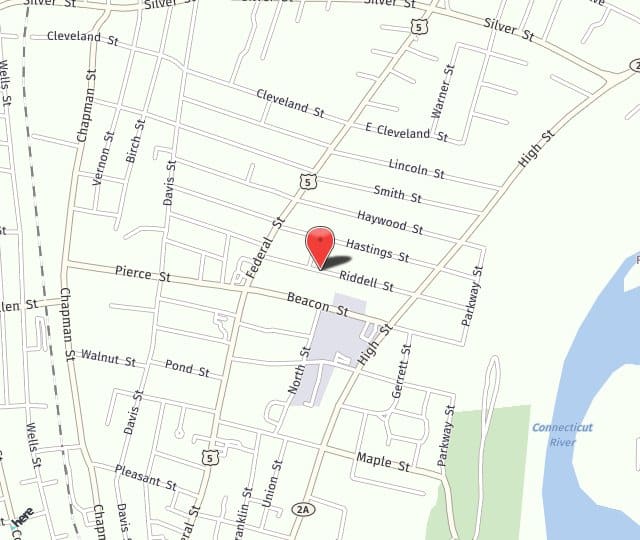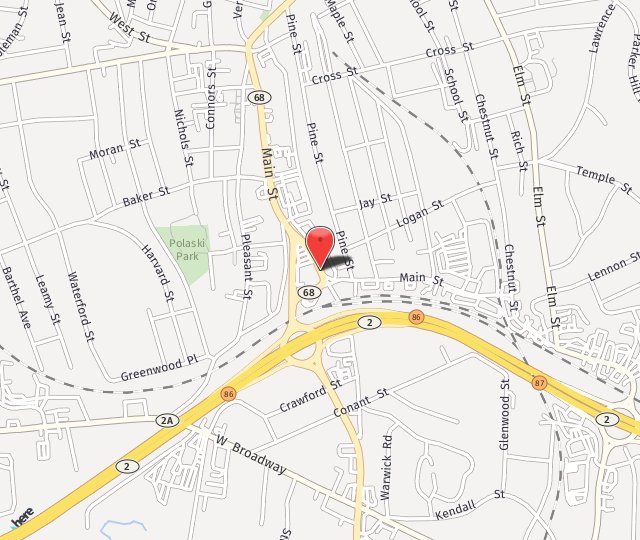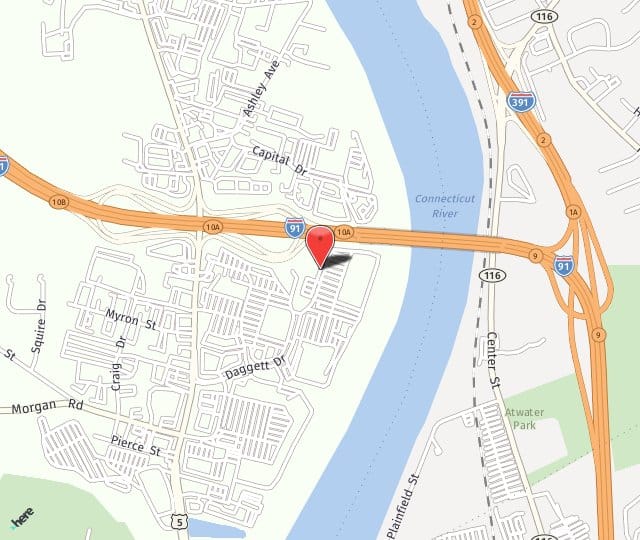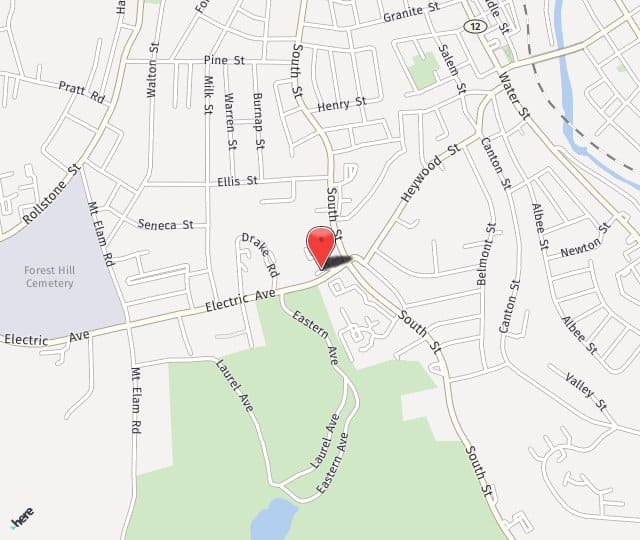
- Here’s what happens with keratoconus: The cornea is the outer lens of your eye and what you see through. The cornea is normally dome shaped. Sometimes, however, the cornea cannot hold this dome shape and it bulges outward like a cone.
- The cornea produces byproducts that can be harmful to the rest of the eye, but these byproducts are normally eliminated by protective antioxidants. When antioxidants are too low, these byproducts can damage the collagen fibers that help the cornea maintain its structure.
Here are six symptoms of keratoconus:
- Seeing multiple images at once
- Halos around lights, especially at night
- Headaches and eye irritation
- Blurred or distorted vision
- Sensitivity to light
- Streaks in vision
If you suspect that you or your child has keratoconus, call to schedule an appointment. There are a few treatment options available, such as custom soft contact lenses, gas permeable contact lenses and Intacs. In some cases, it may be necessary to perform a corneal transplant surgery. At the Longwood Eye & LASIK Center, we can diagnose this condition and help you choose a treatment plan that is best for you.
Keratoconus can be frustrating. To learn more about how to care for your eyesight or to schedule a comprehensive eye exam call us, today: (800) 676-5050.




